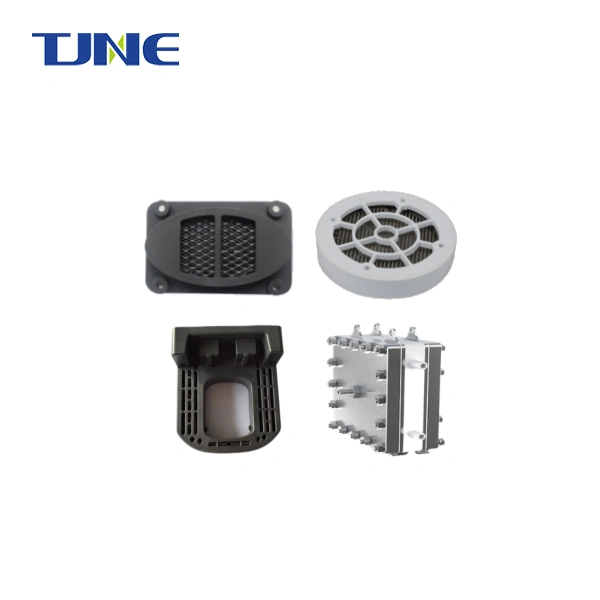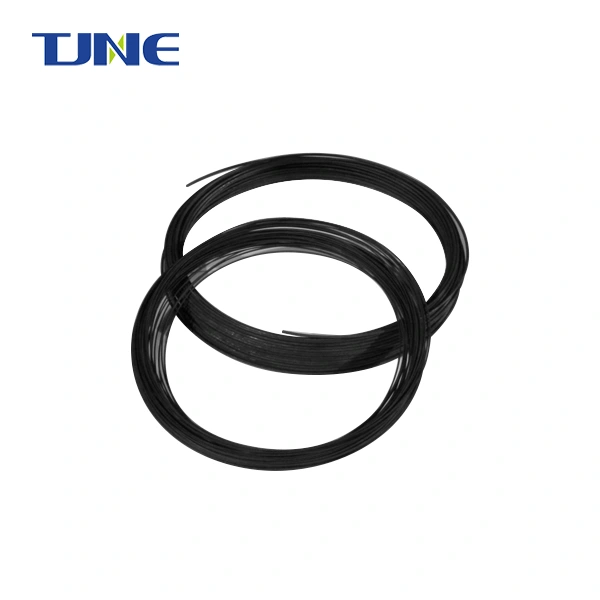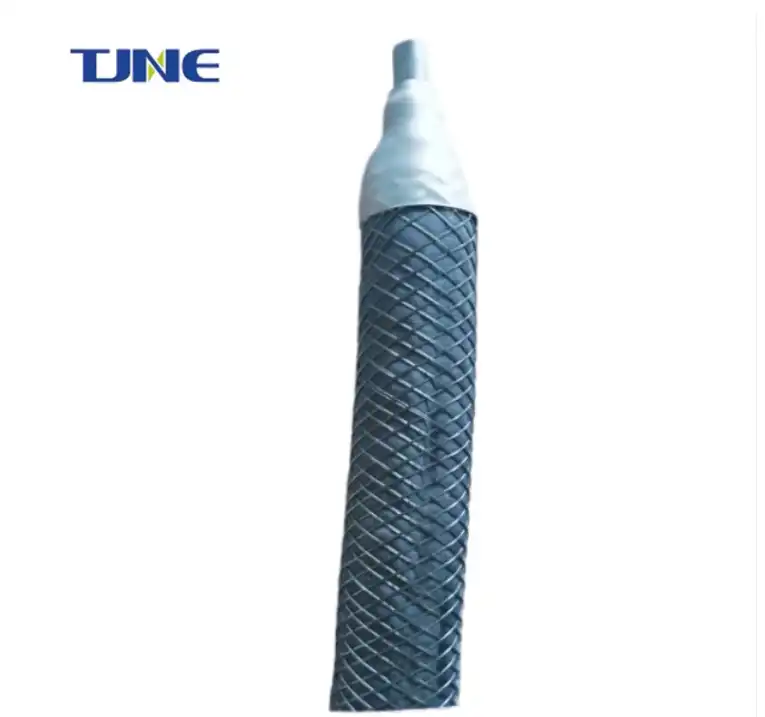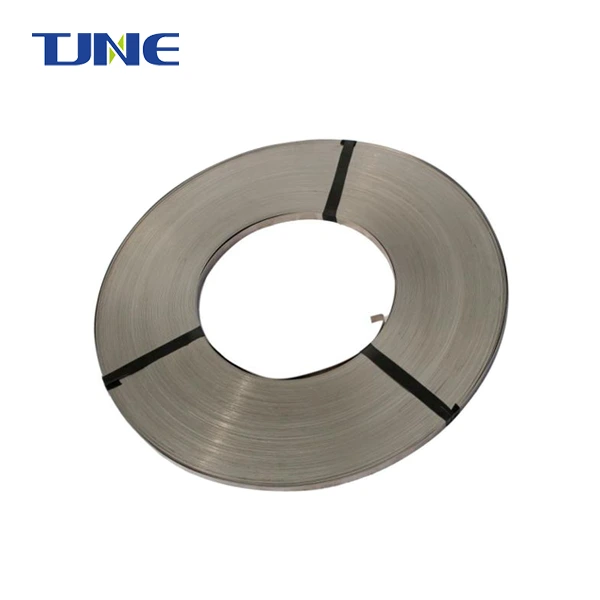- English
- French
- German
- Portuguese
- Spanish
- Russian
- Japanese
- Korean
- Arabic
- Greek
- German
- Turkish
- Italian
- Danish
- Romanian
- Indonesian
- Czech
- Afrikaans
- Swedish
- Polish
- Basque
- Catalan
- Esperanto
- Hindi
- Lao
- Albanian
- Amharic
- Armenian
- Azerbaijani
- Belarusian
- Bengali
- Bosnian
- Bulgarian
- Cebuano
- Chichewa
- Corsican
- Croatian
- Dutch
- Estonian
- Filipino
- Finnish
- Frisian
- Galician
- Georgian
- Gujarati
- Haitian
- Hausa
- Hawaiian
- Hebrew
- Hmong
- Hungarian
- Icelandic
- Igbo
- Javanese
- Kannada
- Kazakh
- Khmer
- Kurdish
- Kyrgyz
- Latin
- Latvian
- Lithuanian
- Luxembou..
- Macedonian
- Malagasy
- Malay
- Malayalam
- Maltese
- Maori
- Marathi
- Mongolian
- Burmese
- Nepali
- Norwegian
- Pashto
- Persian
- Punjabi
- Serbian
- Sesotho
- Sinhala
- Slovak
- Slovenian
- Somali
- Samoan
- Scots Gaelic
- Shona
- Sindhi
- Sundanese
- Swahili
- Tajik
- Tamil
- Telugu
- Thai
- Ukrainian
- Urdu
- Uzbek
- Vietnamese
- Welsh
- Xhosa
- Yiddish
- Yoruba
- Zulu
Mixed Metal Oxide (MMO) Tubular Titanium Anodes have gained significant attention in various industrial applications due to their exceptional performance and durability. One of the most notable features of these anodes is their low consumption rate, which provides numerous benefits to users across different sectors. This blog post will explore the advantages of the low consumption rate in MMO Tubular Titanium Anodes and its impact on efficiency, cost-effectiveness, and environmental sustainability.
What are the main advantages of using MMO Tubular Titanium Anodes in electrochemical processes?
MMO Tubular Titanium Anodes offer several key advantages in electrochemical processes, making them a preferred choice for many industries. These benefits stem from their unique composition and design, which contribute to their superior performance and longevity.
1. Excellent Corrosion Resistance: The titanium substrate of MMO anodes provides exceptional resistance to corrosion, even in highly aggressive environments. This characteristic allows them to maintain their structural integrity and performance over extended periods, reducing the need for frequent replacements and minimizing downtime in industrial processes.
2. High Catalytic Activity: The mixed metal oxide coating on these anodes, typically consisting of precious metals like iridium, ruthenium, or platinum, exhibits high catalytic activity. This property enhances the efficiency of electrochemical reactions, leading to improved process outcomes and reduced energy consumption.
3. Versatility: MMO Tubular Titanium Anodes are suitable for a wide range of applications, including water treatment, chlorine production, cathodic protection, and metal electrowinning. Their adaptability to various electrolytes and operating conditions makes them a versatile solution for diverse industrial needs.
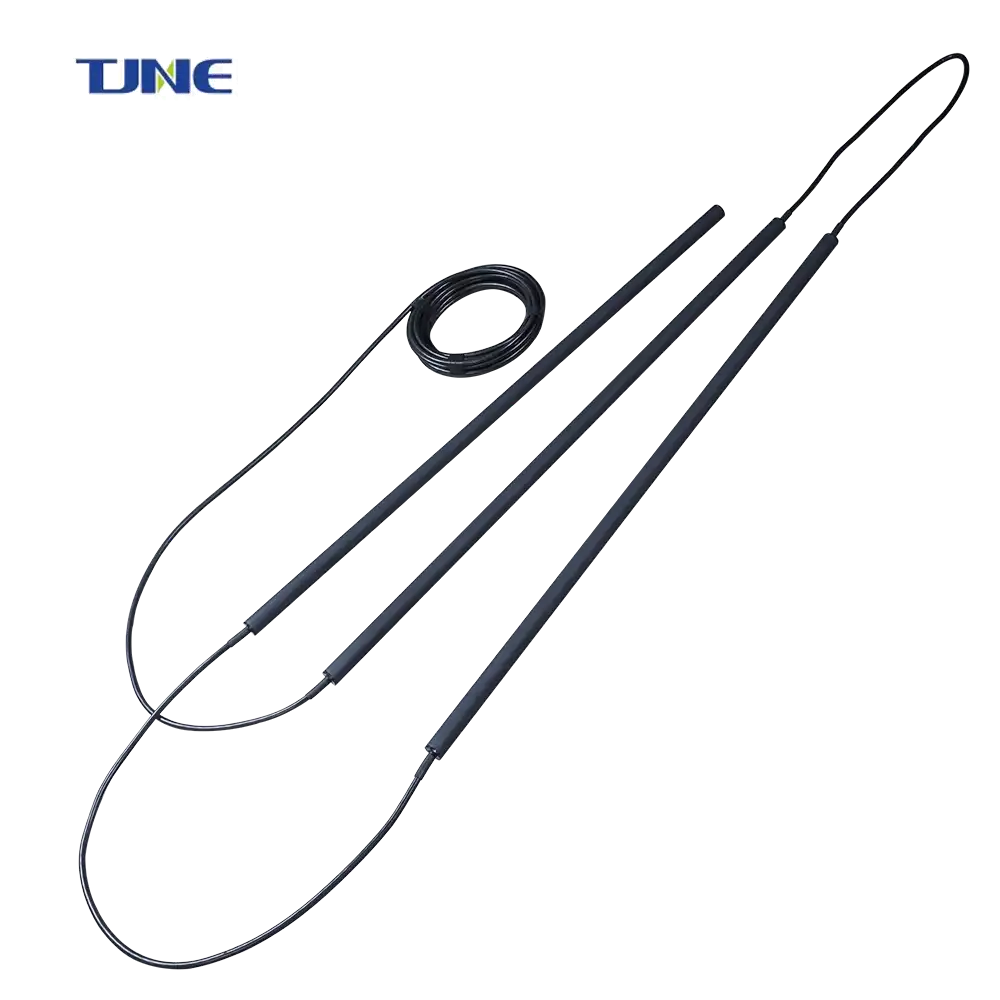
4. Dimensional Stability: Unlike traditional anodes that may deform or erode over time, MMO Tubular Titanium Anodes maintain their shape and dimensions throughout their lifespan. This stability ensures consistent performance and uniform current distribution, which is crucial for many electrochemical processes.
5. Low Overpotential: The advanced coating technology used in MMO anodes results in a lower overpotential compared to conventional anodes. This characteristic translates to reduced energy requirements for driving electrochemical reactions, leading to significant cost savings in large-scale operations.
These advantages collectively make MMO Tubular Titanium Anodes an attractive option for industries seeking to optimize their electrochemical processes, reduce operational costs, and improve overall efficiency.
How does the design of MMO Tubular Titanium Anodes contribute to their performance?
The design of MMO Tubular Titanium Anodes plays a crucial role in their exceptional performance and low consumption rate. Several key design elements contribute to their efficiency and longevity:
1. Tubular Structure: The tubular shape of these anodes offers several advantages over flat or mesh designs. It provides a larger surface area for electrochemical reactions, enhancing the overall efficiency of the process. The tubular structure also allows for better current distribution and facilitates the flow of electrolytes, reducing the likelihood of gas entrapment and improving mass transfer.
2. Titanium Substrate: The use of titanium as the base material is a critical design choice. Titanium forms a stable, passive oxide layer on its surface when exposed to oxygen, providing excellent corrosion resistance. This property is essential for the anode's longevity, especially in harsh chemical environments.
3. Mixed Metal Oxide Coating: The coating is perhaps the most crucial aspect of the anode's design. It typically consists of a mixture of precious metal oxides, such as iridium oxide (IrO2), ruthenium oxide (RuO2), or tantalum oxide (Ta2O5). This coating is applied using advanced techniques like thermal decomposition or electrodeposition to ensure uniform coverage and strong adhesion to the titanium substrate.
4. Coating Composition: The specific composition of the mixed metal oxide coating is tailored to the intended application. For instance, anodes designed for chlorine evolution might have a higher proportion of ruthenium oxide, while those for oxygen evolution might contain more iridium oxide. This customization optimizes the catalytic activity for specific reactions.
5. Coating Thickness: The thickness of the MMO coating is carefully controlled to balance durability and catalytic activity. A thicker coating may provide longer life but could potentially reduce catalytic efficiency, while a thinner coating might offer better catalytic performance but shorter lifespan. Manufacturers optimize this parameter based on the specific application requirements.
The combination of these design elements results in an anode that not only performs efficiently but also exhibits a remarkably low consumption rate. The tubular structure maximizes the active surface area while minimizing the overall material volume. The titanium substrate provides a stable, corrosion-resistant base, while the carefully formulated and applied MMO coating optimizes catalytic activity and durability.
Moreover, the design considerations for current distribution and gas release contribute to uniform wear and prevent localized degradation, further enhancing the anode's lifespan. The optimization of coating thickness and composition for specific applications ensures that the anode performs efficiently throughout its operational life.
By addressing these design aspects, manufacturers of MMO Tubular Titanium Anodes have created a product that offers superior performance, longevity, and cost-effectiveness across a wide range of electrochemical applications. The low consumption rate is a direct result of these thoughtful design choices, providing users with a reliable and efficient solution for their electrochemical process needs.
What factors influence the lifespan of MMO Tubular Titanium Anodes in industrial applications?
The lifespan of MMO Tubular Titanium Anodes in industrial applications is influenced by various factors, many of which are related to the operating conditions and maintenance practices. Understanding these factors is crucial for optimizing the performance and longevity of these anodes:
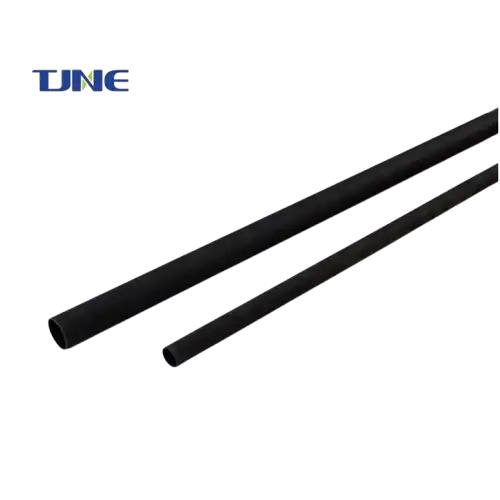
1. Current Density: The applied current density is one of the most critical factors affecting anode lifespan. Operating the anode at current densities within the manufacturer's recommended range is essential for preventing accelerated wear. Excessive current densities can lead to rapid degradation of the MMO coating and potentially damage the titanium substrate.
2. Electrolyte Composition: The chemical composition of the electrolyte significantly impacts anode wear. Highly aggressive electrolytes, particularly those containing fluoride ions or strong oxidizing agents, can accelerate the degradation of the MMO coating. Maintaining the electrolyte composition within specified limits is crucial for extending anode life.
3. Temperature: Elevated operating temperatures can accelerate chemical reactions and potentially lead to faster degradation of the MMO coating. Maintaining the electrolyte temperature within the recommended range is important for preserving anode longevity.
4. pH Level: The pH of the electrolyte can affect both the performance and lifespan of the anode. Extreme pH levels, either highly acidic or highly alkaline, can accelerate wear on the MMO coating. Operating within the specified pH range for the particular anode type is essential.
5. Presence of Contaminants: Impurities in the electrolyte, such as organic compounds or metal ions, can interfere with the electrochemical process and potentially lead to accelerated anode wear. Regular electrolyte analysis and purification can help mitigate this issue.
6. Gas Evolution: The evolution of gases (e.g., chlorine, oxygen) at the anode surface is an inherent part of many electrochemical processes. However, excessive gas accumulation can lead to localized high current densities and accelerated wear. Proper anode design and orientation can help facilitate gas release and minimize this effect.
7. Mechanical Stress: Physical damage to the anode, such as impacts or abrasion from suspended particles in the electrolyte, can compromise the integrity of the MMO coating. Proper handling during installation and operation, as well as filtration of the electrolyte, can help prevent mechanical damage.
By carefully managing these factors, operators can significantly extend the lifespan of MMO Tubular Titanium Anodes, maximizing their value and minimizing the frequency of replacements. The low consumption rate characteristic of these anodes is most effectively realized when they are operated and maintained under optimal conditions.
It's important to note that while MMO Tubular Titanium Anodes are designed for durability and long-term performance, they are not indestructible. Regular monitoring of anode performance, adherence to manufacturer guidelines, and proactive maintenance are key to achieving the full potential lifespan of these anodes in industrial applications.
Moreover, the specific factors influencing anode lifespan can vary depending on the particular application and industry. For instance, anodes used in chlor-alkali production may face different challenges compared to those used in water treatment or cathodic protection systems. Therefore, it's crucial to consider industry-specific best practices and consult with anode manufacturers or experts to develop optimized operating and maintenance strategies for each unique application.
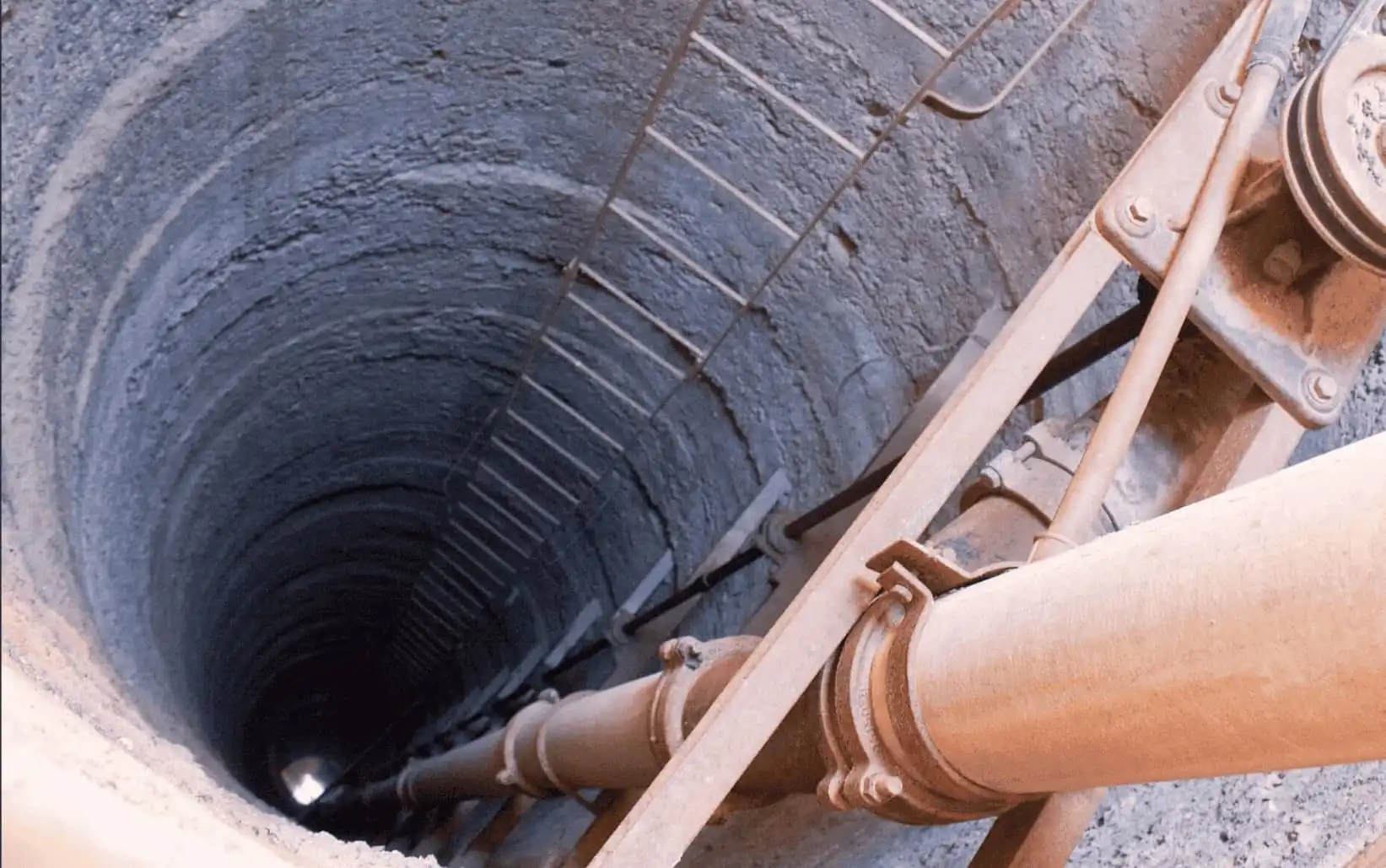
In conclusion, the low consumption rate of MMO Tubular Titanium Anodes offers significant benefits in terms of cost-effectiveness, reduced downtime, and environmental sustainability. By understanding and managing the factors that influence anode lifespan, industries can fully leverage these benefits, optimizing their electrochemical processes and achieving long-term operational efficiency.
If you are interested in the products of Xi'an Taijin New Energy & Materials Sci-Tech Co., Ltd., please contact yangbo@tjanode.com.
References:
1. Zhang, Y., et al. (2022). "Recent advances in mixed metal oxide anodes for water electrolysis." Journal of Materials Chemistry A, 10(15), 8012-8037.
2. Karimi-Maleh, H., et al. (2021). "Mixed metal oxide nanoparticles as anode catalysts for electrochemical water splitting: A comprehensive review." Journal of Physics D: Applied Physics, 54(18), 183001.
3. Morais, W. G., et al. (2021). "Dimensionally stable anodes (DSA®): From electrocatalysis fundamentals to applications." Current Opinion in Electrochemistry, 26, 100673.
4. Comninellis, C., & Chen, G. (Eds.). (2010). Electrochemistry for the Environment. Springer New York.
5. Trasatti, S. (2000). "Electrocatalysis: understanding the success of DSA®." Electrochimica Acta, 45(15-16), 2377-2385.
6. Martínez-Huitle, C. A., & Ferro, S. (2006). "Electrochemical oxidation of organic pollutants for the wastewater treatment: direct and indirect processes." Chemical Society Reviews, 35(12), 1324-1340.
7. Kraft, A. (2007). "Doped diamond: A compact review on a new, versatile electrode material." International Journal of Electrochemical Science, 2, 355-385.
8. Chen, G. (2004). "Electrochemical technologies in wastewater treatment." Separation and Purification Technology, 38(1), 11-41.
9. Panizza, M., & Cerisola, G. (2009). "Direct and mediated anodic oxidation of organic pollutants." Chemical Reviews, 109(12), 6541-6569.
10. Sirés, I., et al. (2014). "Electrochemical advanced oxidation processes: today and tomorrow. A review." Environmental Science and Pollution Research, 21(14), 8336-8367.
Related Industry Knowledge
- What Environments Are MMO Tubular Anodes Suitable For?
- What Factors Affect the Life and Performance of MMO Titanium Probe Anodes?
- What is the Max Current Density of MMO Titanium Mesh Anode?
- What is the Breakdown Voltage of a MMO Titanium Probe Anode?
- How do I Choose a MMO Tubular Titanium Anode?
- Why MMO Titanium Probe Anodes Are Essential for Advanced Corrosion Protection?
- What Makes MMO Tubular Titanium Anodes a Revolutionary Choice for Electrochemical Applications?
- What are the Applications of MMO Titanium Mesh Anodes?






